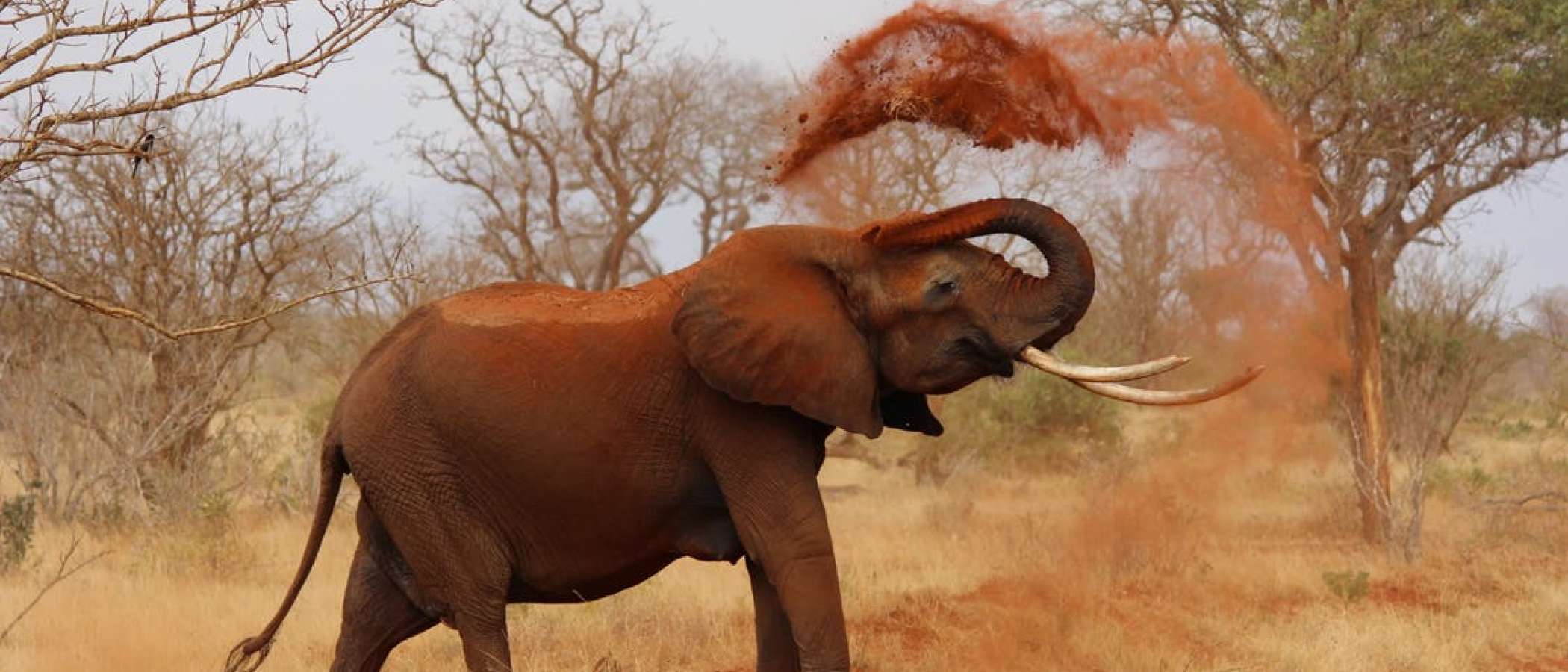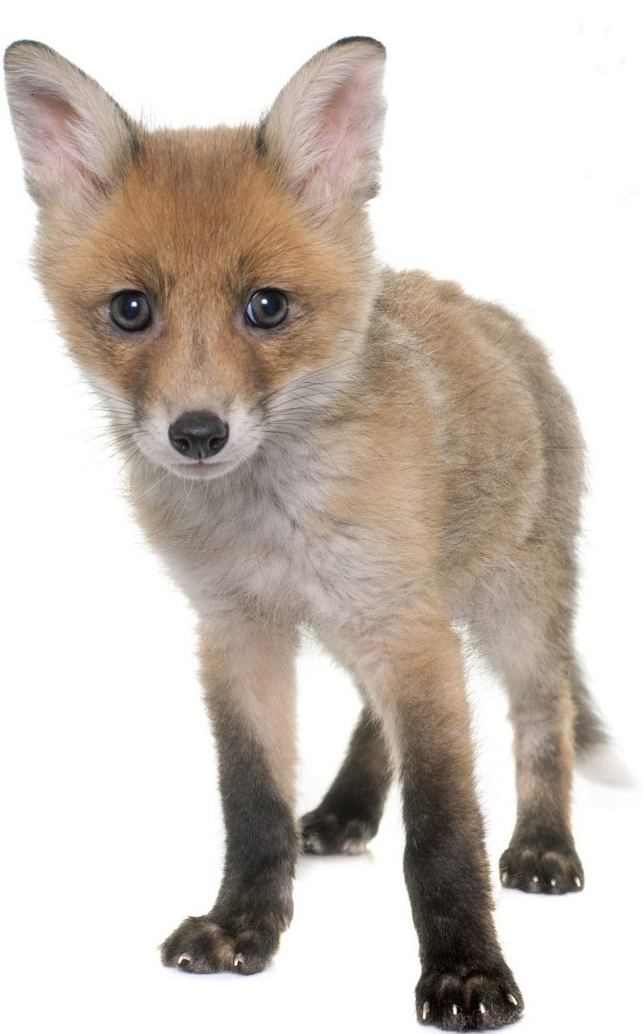We denounce
- Abandonment. Causes and Consequences
- Alternative methods to animal experiments
- Animals in circuses
- Breeding and hunting animals to show off their fur or skin
- Captivity shows and therapies
- Experimenting with animals
- Hunting, capturing and trafficking
- Intensive animal breeding
- Torture shows
- Transport over long distance or in bad conditions
- Zoos are like prisons
Hunting, capturing and trafficking

The generic denomination of hunting includes a number of variants, although the end is always the same, persecution or stalking animals with an aim to capturing or killing them.
1.- HUNTING AS A SPORT
Present day hunting for sport is a recreational activity that has little or nothing to do with the old need for survival. Denominated as a pleasure or “Sports” activity, it has been transformed into a huge business, which legally, allows millions of animals to be shot every year. In Spain around 1.200.000 hunting licences are valid which means the extermination of more that 16.000.000 animals.
Fenced in hunting reserves, that prohibit free movement of species, intensive repopulating reserves with species for hunting from farms, poisons, traps, exterminating predator species that are considered competitors, poaching and other forbidden practice, make up a part of the serious problem that this modern variant of the industry generates, influencing on the disappearance of species and threatening ecosystems and their fragile biodiversity.
Hunting dogs: the other victims
For some hunters the dogs they use are only instruments at the service of their activity. Locked in kennels for months, quite often they are abandoned or killed at the end of the hunting season, sometimes very cruelly, when they are no longer considered apt for their use.
WHAT CAN YOU DO?
Hunting in Spain -a shooting attraction in all Europe-, traditionally, enjoys excessive tolerance both legal and institutional wise.
The drop in this massive “activity” depends to a great extent, on the awareness and education that one can pass on at individual and local level regarding nature and animals.
Collaborate and participate with similar groups of people in your area. Denounce to a conservationist association what appears illegal to you, providing the maximum information.
2.- Commercial whale hunting
There exists about 80 species of whales, dolphins and porpoises. As a group they are called cetaceans or marine mammals. Over the last century, two million whales were killed using methods that caused much prolonged suffering. Their mass hunting brought some of these species to the border of extinction. In 1986 hunting these cetaceans was prohibited at world level. The International Whaling Commission (IWC) is the intergovernmental body in charge of regulating and supervising whale conservation besides controlling hunting them. Due to certain blanks in legislation ruling prohibition, and under the excuse of “scientific hunting” –although in the end they are destined for consumption- around 1.500 whales have still been caught every year. For some years certain countries have been pressuring to do away with this prohibition and go back to hunting these mammals on a big scale.
The world coalition Whalewatch, made up of more than 140 associations in 55 countries led by WSPA, and with which ADDA actively cooperates, requests that, besides continuing the moratorium, all questions relative to the well being of whales as a consequence of this type of hunting should be debated entirely within the IWC.
Some evidence:
- The main way of killing them is with a harpoon with a penthrite grenade designed to explode inside the whale’s body.
- The explosion provokes, a wound of at least 20 centimetres, which triples when the points of the harpoon open up to anchor inside the body.
- This hunting method is not generally adapted to the species it is used on: The harpoons used for the smallest whales, “Minke” are also used for the largest species.
- Some whales can take more than an hour to die.
- A recent scientific veterinary report arrived at the conclusion that the IWC’s criteria to evaluate the death or insensitivity to pain of whales are inadequate.
- The stressing persecution in itself can make whales suffer or die even though they have not been captured.
- Moreover, each year thousands of small whales, dolphins and porpoises are killed in the world in whaling activities not recognized by the IWC.
Whales and their beneficial contribution to the environment:
A recent report published by Professor Victor Smeatacek of the Polar Research Institute points out that massive hunting of more than 300.000 cetaceans in the 30’s had important consequences on the trophic chain. The disappearance of thousands of blue whales in the Antarctic has negatively influenced global warming as these marine mammals function as fertilisers, that synthesize iron thus favouring maintaining temperatures.
WHAT CAN YOU DO:
Participate in campaigns carried out every so often. More documentation can be obtained on request from ADDA. More information: http://www.whalewatch.org
HUNTING SEALS
Participate in the world campaign against hunting seals. More information: http://www.whalewatch.org
3.- TRADING AND TRAFFICKING WITH ANIMALS.
Crazes and fashions with serious consequences.
Every year numerous animal species are pushed towards the verge of extinction due to human actions. The change in climate, over exploitation of resources, deforestation, urban growth, etc. provoke the destruction of their habitat which joined to hunting and capture for legal trade or illegal traffic of live animals or, of their by-products, are causing their extermination and extinction.
Primates, birds, reptiles, mammals,... are victims of the supply and demand of the market of the growing fashion to collect or have exotic species as household pets. According to estimations of the World Wildlife Found more than 180,000 mammals, 6 million birds and 8 million reptiles from African, Asian or American ecosystems are captured and sold to countries in the European Community, the United States or Japan. Spain, Germany or Portugal stand out as import countries, or as the first stop, of birds and reptiles to be later relocated. Each species that disappears, whether animal or vegetable, means another link lost in nature’s chain and its evolution of millions of years, besides grave damage to the complicated balance of our ecosystem.
Lost treasures
Species like the razorbill, the Dodo, the Moho, the Migrating pigeon, the Steller sea cow, the quagga or the apyornis, represent a tiny example of the 762 extinct species detailed by The World Conservation Union (UICN) over recent centuries. Some of these species disappeared in record time because of human intervention and relentless persecution.
The Red List of species in danger of extinction gives a figure of more than 16,000 species between animals and plants. To this pillaging of nature must be added the painful tragedy that the victims of this unbearable trade have to suffer. The systems used during their capture, transport, housing conditions, lack of knowledge of their needs, difficulty to adapt to their new environment, etc. provoke a high percentage of deaths and suffering.
WHAT CAN YOU DO:
- Think globally and act locally.
- Avoid keeping an exotic animal. Buying one favours pillaging its habitat and forments its disappearance as a species.
- Although it has been bred in captivity, its needs are very complex and its natural environment very different to the limited space of an artificial atmosphere.
- Ask for more information. Participate by making people aware.




